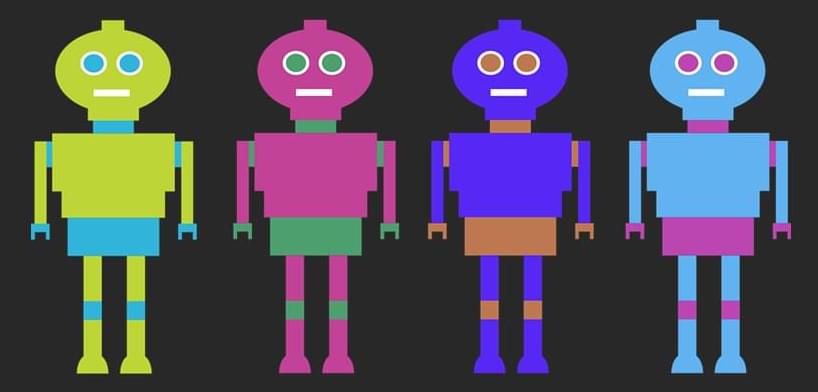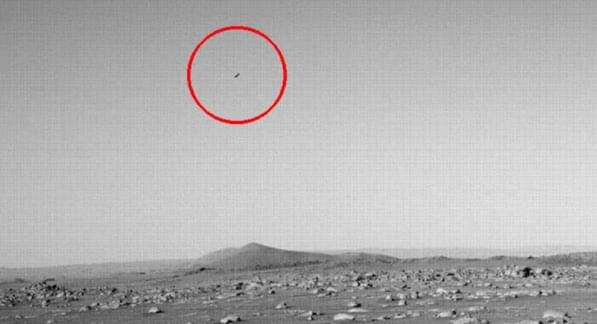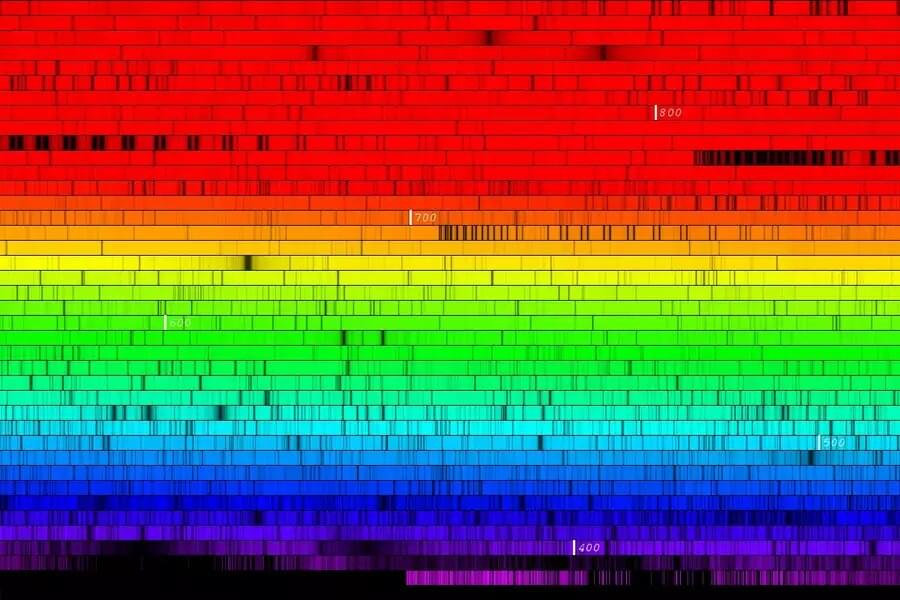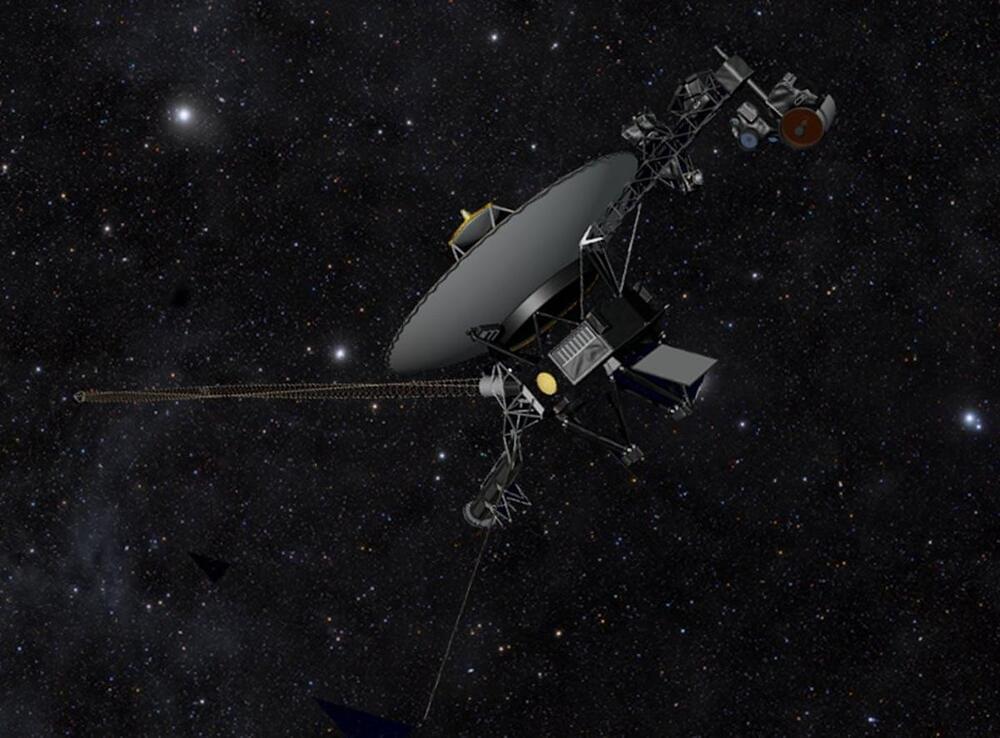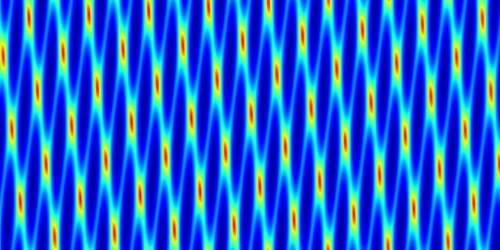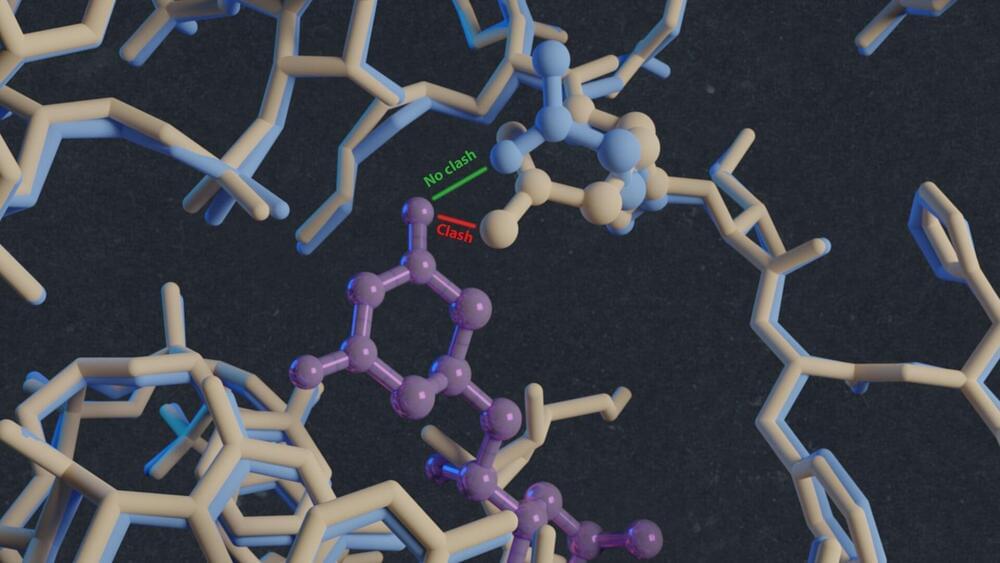Page 4807
May 26, 2022
The Perseverance Rover of NASA captured a flying object on Mars
Posted by Melvin Louis in categories: alien life, robotics/AI, transportation
Is this true?
The Perseverance rover has been on Mars for two weeks and has now spun its wheels and began its maiden trek over the red planet’s surface. According to new images transmitted to Earth by the one-ton robot on Friday, the voyage was a quick one.
Engineers have worked tirelessly to get the vehicle and its numerous equipment up and operating, including instruments and a robotic arm. Perseverance’s mission is to look for indications of alien life in the Jezero crater, which is located near the equator. This will take roughly 15 kilometers throughout the following Martian year (approximately two Earth years).
Continue reading “The Perseverance Rover of NASA captured a flying object on Mars” »
May 26, 2022
Chinese researchers say China’s military must be able to destroy Elon Musk’s Starlink satellites in a war
Posted by Kelvin Dafiaghor in categories: computing, Elon Musk, government, internet, military, satellites
The study was led by Ren Yuanzhen, a researcher with the Beijing Institute of Tracking and Telecommunications, under the PLA’s Strategic Support Force. Coauthors included several senior scientists in China’s defense industry.
Ren and his colleagues could not immediately be reached for comment and it is uncertain to what extent their view represents an official stance of the Chinese military or government.
“A combination of soft and hard kill methods should be adopted to make some Starlink satellites lose their functions and destroy the constellation’s operating system,” said the paper, published in the domestic, peer-reviewed journal Modern Defense Technology.
May 26, 2022
Scientists turn tomatoes into a rich source for vitamin D
Posted by Shane Hinshaw in category: futurism
May 26, 2022
New calculations of solar spectrum resolve decade-long controversy about the sun’s chemical composition
Posted by Quinn Sena in categories: chemistry, cosmology, mapping, physics
What do you do when a tried-and-true method for determining the sun’s chemical composition appears to be at odds with an innovative, precise technique for mapping the sun’s inner structure? That was the situation facing astronomers studying the sun—until new calculations that have now been published by Ekaterina Magg, Maria Bergemann and colleagues, and that resolve the apparent contradiction.
The decade-long solar abundance crisis is the conflict between the internal structure of the sun as determined from solar oscillations (helioseismology) and the structure derived from the fundamental theory of stellar evolution, which in turn relies on measurements of the present-day sun’s chemical composition. The new calculations of the physics of the sun’s atmosphere yield updated results for abundances of different chemical elements, which resolve the conflict. Notably, the sun contains more oxygen, silicon and neon than previously thought. The methods employed also promise considerably more accurate estimates of the chemical compositions of stars in general.
May 26, 2022
What the Voyager space probes can teach humanity about immortality and legacy as they sail through space for trillions of years
Posted by Genevieve Klien in category: life extension
Voyager 1 is the farthest human-made object from Earth. After sweeping by Jupiter, Saturn, Uranus and Neptune, it is now almost 15 billion miles (24 billion kilometers) from Earth in interstellar space. Both Voyager 1 and its twin, Voyager 2, carry little pieces of humanity in the form of their Golden Records. These messages in a bottle include spoken greetings in 55 languages, sounds and images from nature, an album of recordings and images from numerous cultures, and a written message of welcome from Jimmy Carter, who was U.S. president when the spacecraft left Earth in 1977.
The Golden Records were built to last a billion years in the environment of space, but in a recent analysis of the paths and perils these explorers may face, astronomers calculated that they could exist for trillions of years without coming remotely close to any stars.
Having spent my career in the field of religion and science, I’ve thought a lot about how spiritual ideas intersect with technological achievements. The incredible longevity of the Voyager spacecraft presents a uniquely tangible entry point into exploring ideas of immortality.
May 26, 2022
Carving a Space-Time Crystal in a Plasma
Posted by Saúl Morales Rodriguéz in category: computing
A theorized scheme uses lasers to produce space-time quasicrystals in a plasma—density fluctuations that could be used as diffraction gratings for high-intensity laser pulses.
In modern computers, errors during processing and storage of information have become a rarity due to high-quality fabrication. However, for critical applications, where even single errors can have serious effects, error correction mechanisms based on redundancy of the processed data are still used.
May 26, 2022
Error-free quantum computing gets real
Posted by Saúl Morales Rodriguéz in categories: computing, information science, particle physics, quantum physics
In modern computers, errors during processing and storage of information have become a rarity due to high-quality fabrication. However, for critical applications, where even single errors can have serious effects, error correction mechanisms based on redundancy of the processed data are still used.
Quantum computers are inherently much more susceptible to disturbances and will thus probably always require error correction mechanisms, because otherwise errors will propagate uncontrolled in the system and information will be lost. Because the fundamental laws of quantum mechanics forbid copying quantum information, redundancy can be achieved by distributing logical quantum information into an entangled state of several physical systems, for example multiple individual atoms.
The team led by Thomas Monz of the Department of Experimental Physics at the University of Innsbruck and Markus Müller of RWTH Aachen University and Forschungszentrum Jülich in Germany has now succeeded for the first time in realizing a set of computational operations on two logical quantum bits that can be used to implement any possible operation. “For a real-world quantum computer, we need a universal set of gates with which we can program all algorithms,” explains Lukas Postler, an experimental physicist from Innsbruck.
May 26, 2022
Cryogenic electron microscopy reveals drug targets against common fungus
Posted by Saúl Morales Rodriguéz in categories: biotech/medical, genetics
Most people carry the fungus Candida albicans on their bodies without it causing many problems. However, a systemic infection with this fungus is dangerous and difficult to treat. Few antimicrobials are effective, and drug resistance is increasing. An international group of scientists, including Albert Guskov, associate professor at the University of Groningen, have used single-particle cryogenic electron microscopy to determine the structure of the fungal ribosome. Their results, which were published in Science Advances on 25 May, reveal a potential target for new drugs.
Candida albicans usually causes no problems, or just an itchy skin infection that is easily treated. However, in rare cases, it may cause systemic infections that can be fatal. Existing antifungal drugs cause a lot of side effects and are expensive. Furthermore, C. albicans is becoming more drug-resistant, so there is a real need for new drug targets. “We noted that no antifungal drugs are targeting protein synthesis, while half of the antibacterial drugs interfere with this system,” says Guskov. A reason for this is that fungal ribosomes, the cellular machineries that translate the genetic code into proteins, are very similar in humans and fungi. “So, you would need a very selective drug to avoid killing our own cells.”
May 26, 2022
CCR5 is a suppressor for cortical plasticity and hippocampal learning and memory
Posted by Saúl Morales Rodriguéz in categories: biotech/medical, neuroscience
Repression of the G protein-coupled chemokine receptor CCR5 enhances MAPK/CREB signaling, long-term potentiation, somatosensory cortical plasticity, and learning and memory, while CCR5 over-activation by viral proteins may contribute to HIV-associated cognitive deficits.
